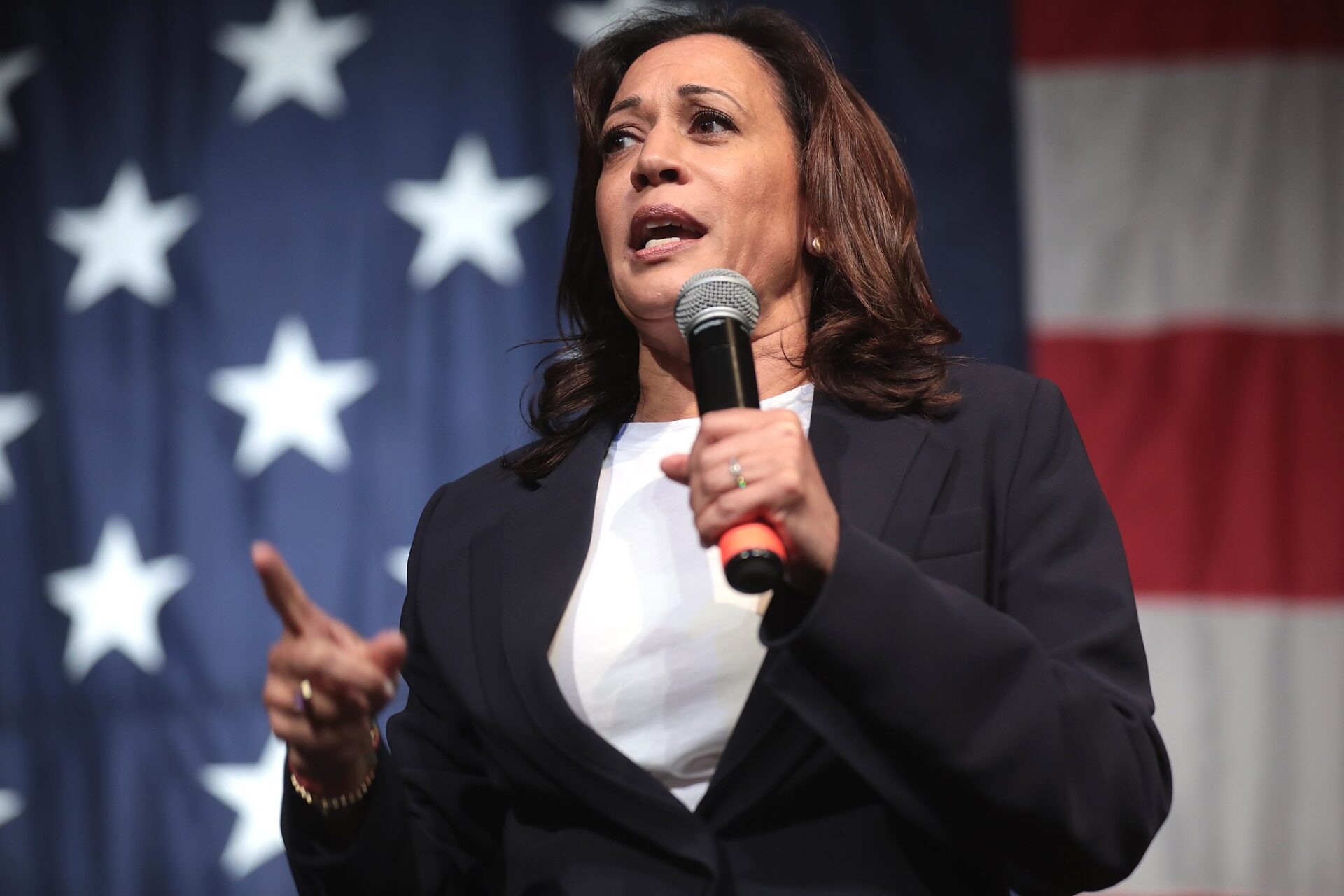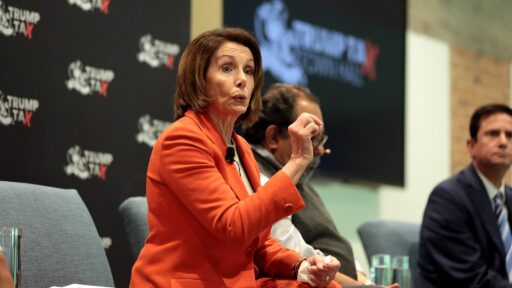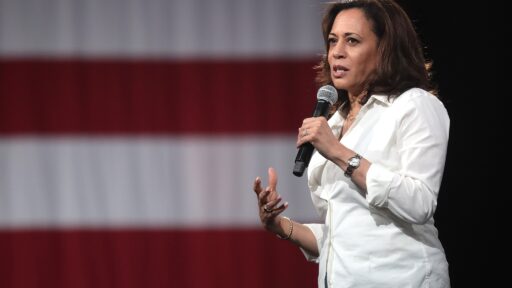Kamala isn’t making any traction with this key Demographic.
Recent polling data reveals that Vice President Kamala Harris is struggling to gain traction among male voters, facing a significant challenge in key battleground states like Pennsylvania, Nevada, and North Carolina. This growing gender gap underscores a broader trend in this contentious presidential race.
Historically, there has always been a divide between Democratic and Republican voters along gender lines, but the current election cycle has amplified these differences. While former President Trump’s difficulties with female voters are well-documented, new polls indicate that Harris is encountering an equally pronounced problem with male voters.
At the recent Democratic convention in Chicago, Harris and her team downplayed the possibility of her becoming the first female president. Political analysts suggest that skepticism about a woman in the Oval Office remains strong in various parts of the country. A senior Senate Democratic aide acknowledged that sexism continues to influence voter attitudes in key battleground states, recalling similar issues faced by Hillary Clinton in 2016.
In that election, Clinton lost the male vote to Trump by 11 points, while she won the female vote by 13 points. Now, polls suggest that Harris is facing a comparable challenge. For example, a CNN/SSRS poll shows Trump leading Harris by 15 points among male voters in Pennsylvania, while Harris leads Trump by 11 points among female voters in the same state. Similarly, in Nevada, Trump holds an 18-point lead among men, whereas Harris maintains a 16-point lead among women.
Trump’s campaign has capitalized on this gender divide, focusing heavily on issues such as the economy, inflation, and crime, which resonate strongly with younger male voters. Political analysts like Ross K. Baker argue that these tactics are part of a broader strategy to appeal to men who feel marginalized by recent policy trends perceived as favoring women.
In North Carolina, Trump leads by 9 points among men, while Harris holds a nearly 5-point advantage with women. In Georgia, Trump’s lead among male voters is 10 points, mirroring Harris’s 10-point lead among women. Even in traditionally Democratic strongholds like California, Harris has seen a significant drop in male support, from a 30-point advantage to a 20-point lead.
The trend is clear: male voters are shifting toward Trump, and Harris is struggling to bridge the gap. As the election approaches, it remains to be seen how both campaigns will address these gender dynamics and whether Harris can overcome the hurdles posed by this growing disparity.







